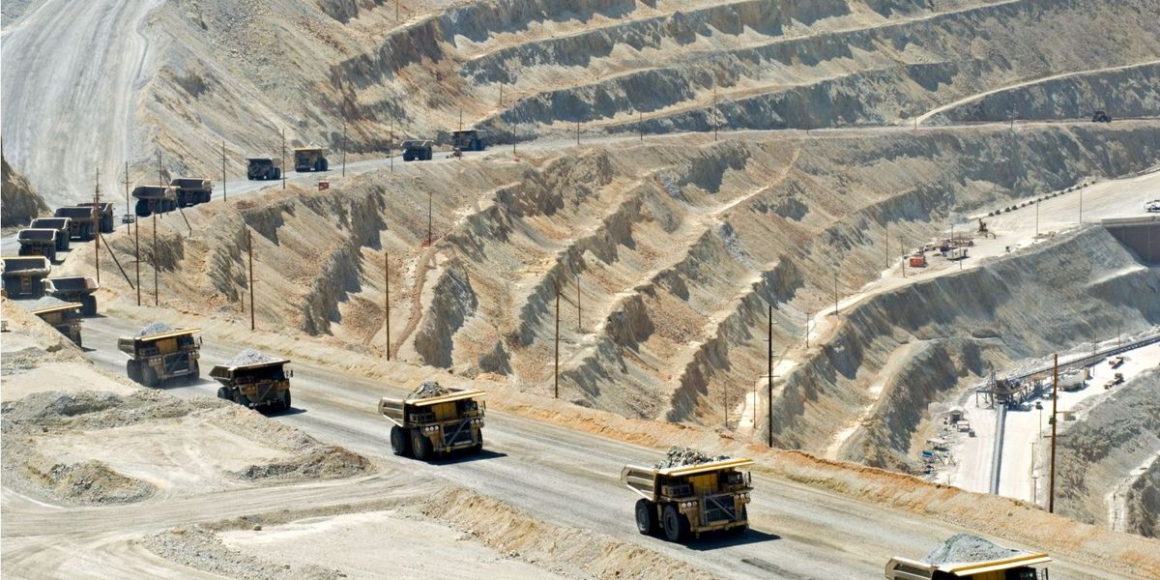Put simply, the stripping ratio is the amount of waste material, also known as overburden, that must be moved in order to extract a given amount of ore.
That said, stripping ratios are not only about the volume of unwanted material present at a site; they also take into account the types of material that must be removed to reach the ore. After all, moving lightweight material like sand or dirt is simpler than moving hard rock.
Here’s a look at how stripping ratios are calculated alongside some examples of mines and projects with low or high stripping ratios.
At the most basic level, the strip ratio formula involves dividing overburden thickness by ore thickness. For example, an overburden thickness of 100 meters and an ore thickness of 50 meters would yield a strip ratio of 2:1. That means mining 1 cubic meter of ore would require mining 3 cubic meters of overburden.
The stripping ratio of a deposit may be used, in part, to gauge how profitable it may be. The lower the strip ratio the better, since a low strip ratio translates into lower mining costs and good prospects for profitability.
Conversely, a project with a very high strip ratio likely will not be profitable. In this case, the unwanted material is much greater than the amount of ore that can potentially be extracted, making it too expensive to mine.
Ore quality is another consideration in stripping ratios in mining. That’s because if a deposit contains low-quality ore, more of it must be mined in order to achieve a return on investment.
It should be noted that every deposit is different, and a project that benefits from another factor — for example, having high grades — can potentially support a higher strip ratio. Generally speaking, there is an inverse relationship between reserve grade and strip ratio.
This is an updated version of an article originally published by the Investing News Network in 2014.
Securities Disclosure: I, Melissa Pistilli, hold no direct investment interest in any company mentioned in this article.
Editorial Disclosure: Western Copper and Gold and World Copper are clients of the Investing News Network. This article is not paid-for content.


Leave a Reply